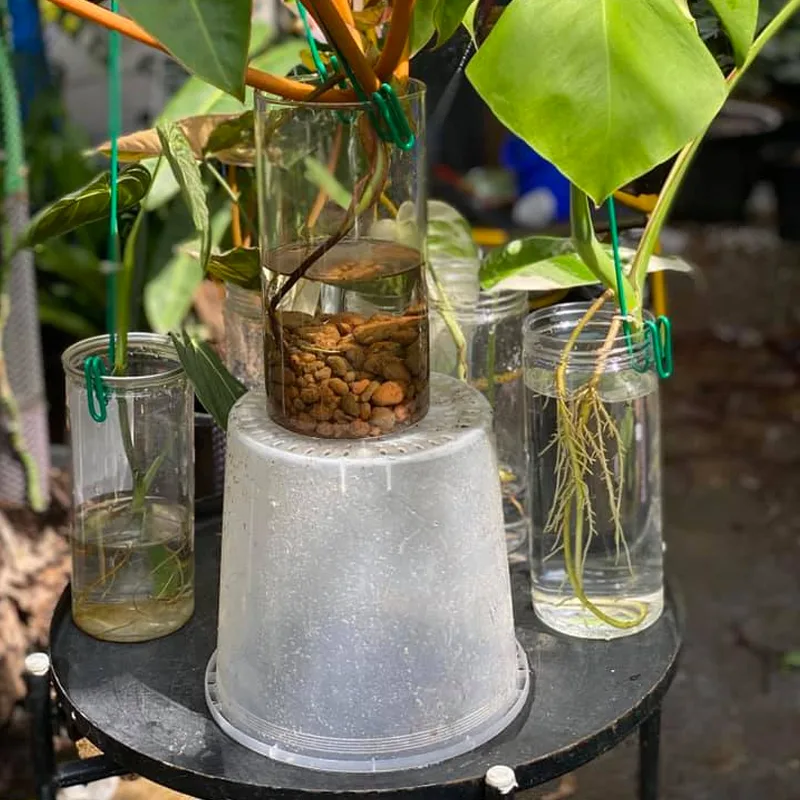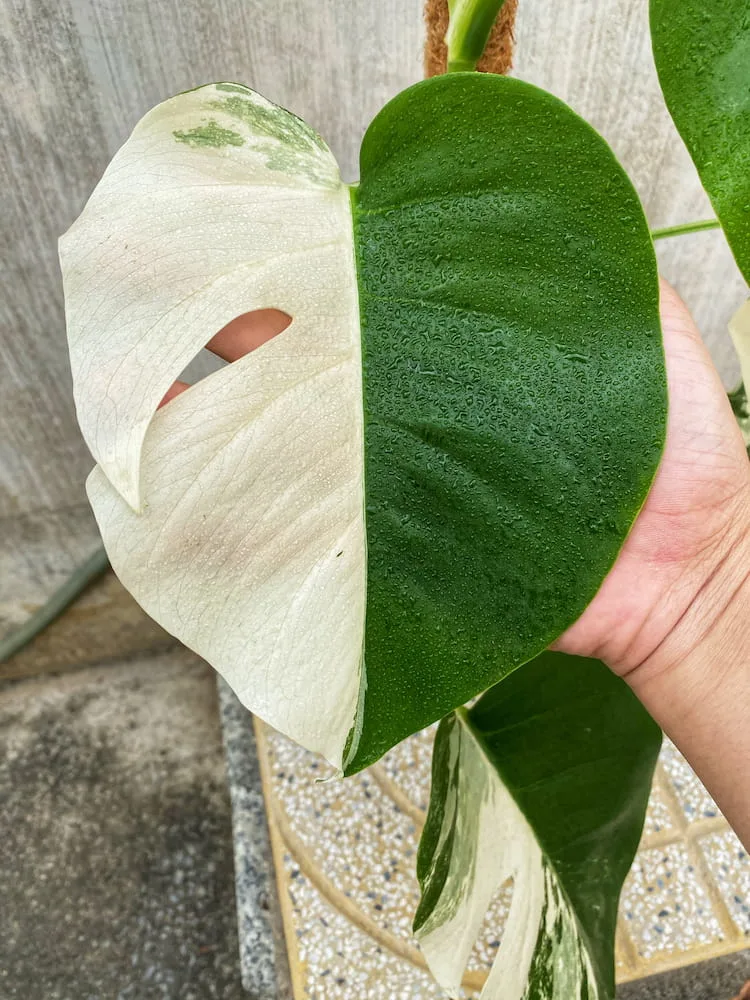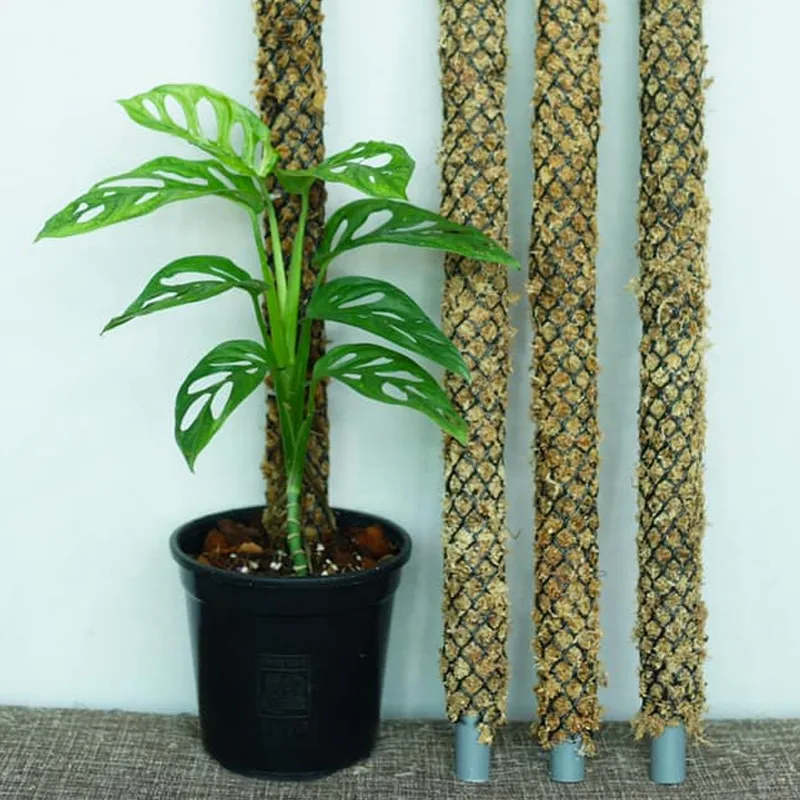Monstera plants, with their striking foliage and tropical allure, have become a favorite among indoor plant enthusiasts. However, yellow leaves can be a common concern for Monsteraholic. Understanding the reasons behind yellowing foliage and implementing proper pruning techniques are essential for maintaining the health and beauty of these stunning plants. In this comprehensive guide, we will explore the various causes of yellow leaves and provide step-by-step instructions on how to effectively prune them.
Understanding the Causes of Yellow Leaves in Monstera Plants
- Natural Aging: As Monstera plants mature, their older leaves will naturally turn yellow and eventually die off. This is a normal part of the plant’s growth cycle and does not necessarily indicate a problem.
- Overwatering or Underwatering: Improper watering practices can lead to yellowing leaves. Overwatering can cause root rot, leading to yellow and wilted foliage, while underwatering results in dry, yellowed leaves. Finding the right balance and adjusting your watering routine accordingly is crucial.
- Nutrient Deficiencies: A lack of essential nutrients, such as nitrogen, iron, or magnesium, can cause yellowing leaves. It is important to provide your plant with a balanced fertilizer to address any deficiencies.

Top 100 Gift Ideas For Plant Lovers 2024
- Insufficient Light: Monstera plants thrive in bright, indirect light. Insufficient light levels can result in pale or yellowing leaves. Ensuring your plant receives adequate light is crucial for its overall health.
- Pests and Diseases: Infestations by pests such as spider mites or diseases like fungal infections can lead to yellowing and wilting of leaves. Identifying and treating these issues promptly is essential to prevent further damage.
- In the case of Variegated Monstera plants, their unique leaf patterns and coloration make them more susceptible to leaf burn. They have areas of white or lighter-colored foliage, which lack the same chlorophyll levels as the green parts. As a result, these areas are more sensitive to intense light exposure, causing them to easily burn or develop brown spots. It is crucial to provide plants with bright, indirect light and shield them from direct sunlight to prevent leaf burn and maintain the integrity of their beautiful variegation. Regular monitoring and adjusting the lighting conditions accordingly will help keep the variegated leaves of your plants healthy and vibrant.
Pruning Techniques to Address Yellow Leaves
- Gather the Necessary Tools: Before pruning your Monstera plant, gather the following tools:
- Clean, sharp pruning shears or scissors
- Rubbing alcohol or disinfectant wipes for sanitizing your tools
- Gloves (optional) for hand protection
- Identifying Areas for Pruning: Inspect your Monstera plant for the following areas that may require pruning:
- Yellow, brown, or withered leaves: These indicate older or damaged foliage that should be pruned to maintain plant health and appearance.
- Overcrowded growth: Thinning out dense foliage allows for better airflow and light penetration, reducing the risk of yellowing leaves.
- Pest or disease-infested areas: Pruning affected parts helps prevent the spread of pests or diseases and stimulates new growth.
Pruning Techniques: When pruning your Monstera plant, follow these techniques:
- Leaf pruning: Trim yellowed or damaged leaves at the base, making clean cuts near the main stem. This encourages new growth and enhances the overall appearance of the plant.
- Thinning out: Selectively remove a few leaves to alleviate overcrowding and promote better airflow and light distribution.
- Pruning infested areas: If you notice signs of pests or diseases, promptly prune affected areas to prevent further damage and aid in recovery.
Aftercare and Maintenance: After pruning your Monstera plant, provide the following care to support its recovery:
- Watering: Ensure the soil is evenly moist but not waterlogged. Adjust your watering routine based on the plant’s specific needs and environmental conditions.
- Fertilizing: Apply a balanced, water-soluble fertilizer according to the package instructions to replenish essential nutrients and support healthy leaf growth.
- Light and environmental considerations: Provide adequate lighting, humidity, and temperature levels suitable for Monstera plants to promote vibrant and healthy foliage.
- Regular monitoring: Observe your Monstera plant for any signs of stress, new growth, or recurring issues. Adjust your care routine as needed to ensure continued health and vitality.
Yellow leaves in Monstera plants can be attributed to various factors, including natural aging, watering issues, nutrient deficiencies, inadequate light, pests, or diseases. By understanding these causes and implementing proper pruning techniques, you can effectively address yellowing foliage and promote the health and beauty of your Monstera plant. Remember to provide consistent care, monitor your plant’s well-being, and adapt your approach accordingly. With proper care and attention, your pruned Monstera will thrive as a stunning centerpiece in your indoor space.



